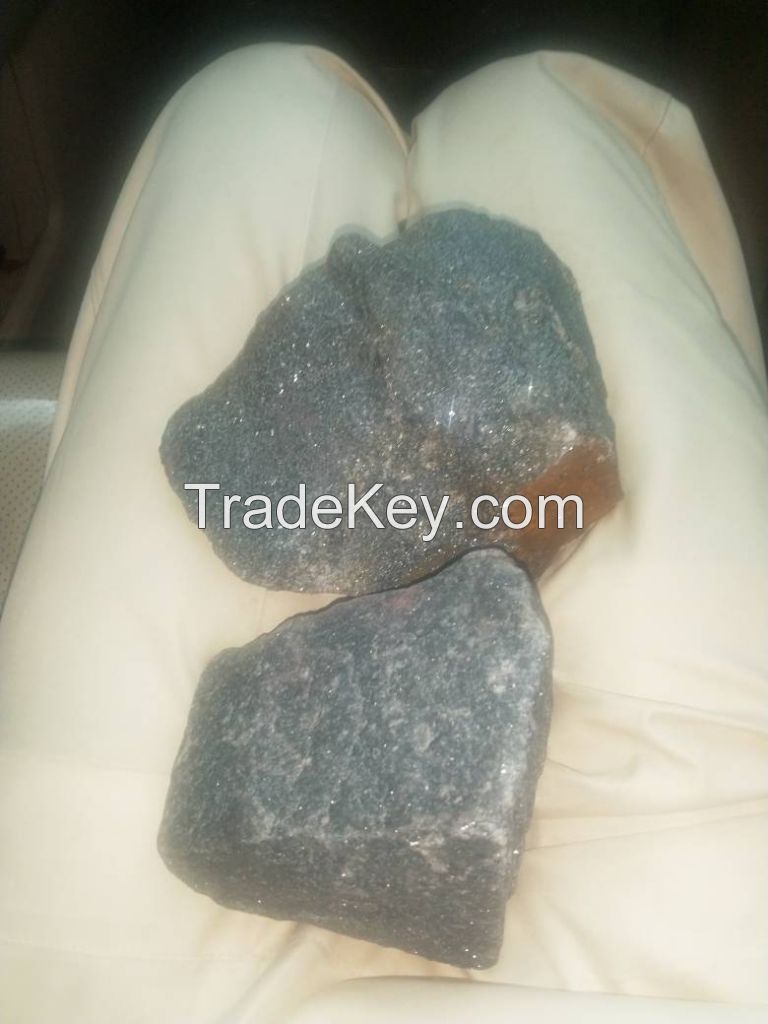Description
This planet consists of iron (*2.1%), oxygen (*0.1%), silicon
(*5.1%), magnesium (*3.9%), sulfur (2.9%), nickel (1.8%), calcium
(1.5%), and aluminium (1.4%); the remaining 1.2% are "trace
amounts" of the *0 or so remaining elements. Most of that iron
constitutes the core of the planet but we will not run out of iron
compounds or iron ore found near to the surface for some time to
come.
Why is iron so prominent in this planet and others? Because planets
were formed from the stuff bred inside the first stars. The
reaction chain for generating energy by nuclear fusion starts with
hydrogen and stops after iron has been bred. Iron, if you like, is
the ash eventually produced by fusing hydrogen to helium, helium
and hydrogen to lithium, and so on. When those first stars "burnt
out" after a few billon years, some of them coughed up their ashes
in a mighty supernova explosion. In time, new stars were formed.
Some of these are still burning and visible at night. One is only
visible during the day from a clumped-together iron-rich ash ball
called earth.
From the viewpoint of chemistry, iron (like copper) is a tricky
element that can form many oxides, sulfides, carbonates, and so on.
All these compounds could be used for smelting iron but some are
better for that purpose than others.
Sulfides are usually bad news. We know that from smelting copper
and expect similar problems when smelting iron. Moreover, sulfur in
iron is really bad news, and I therefore will only mention iron
sulfides briefly in what follows.
Rich ores are better then
poor ores. What makes an ore rich? In the first place, the relative
amount of iron it contains. I will give that number in percent (%).
One kilogram of magnetite, for example, contains 0.**4 kg of iron.
If you get about **0 g of iron for every kilogram of magnetite ore
you put into your smelter, you have a smelting efficiency of almost
**0 %. That is far from the reality of ancient smelting,
however.
